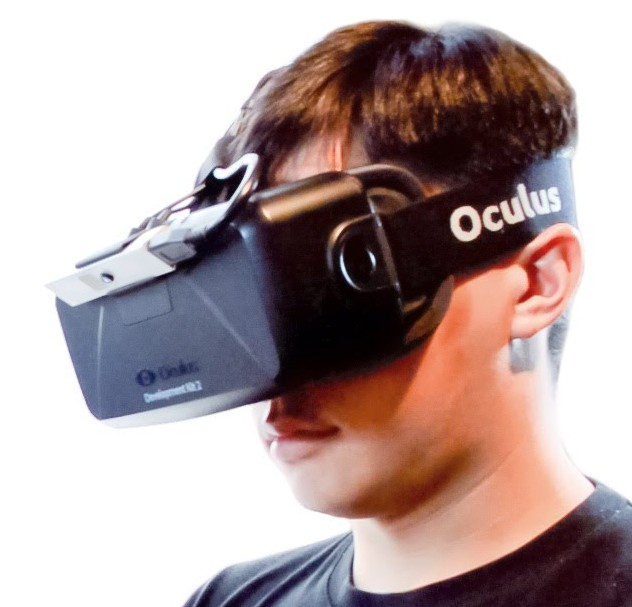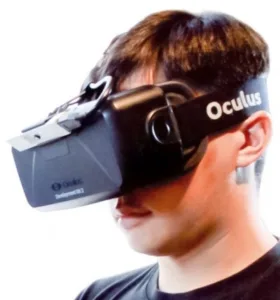
I saw this editorial in Jon Peddie’s Techwatch newsletter.
I know how to save the VR market
It’s being overhyped, and that will ultimately drive consumers away—I have a plan
 “Commentators from all corners— financial, technical, gaming, and the general press—have complained or ridiculed the cost of Oculus’s new HMD, and the expensive system needed to support it. It’s been speculated that the first 10,000 pre-orders for the new Rift are collectors, people who will never take the unit out of its original wrapping and then will sell it on eBay in 5 or 10 years. If true that’s fine, its fits my plan perfectly.
“Commentators from all corners— financial, technical, gaming, and the general press—have complained or ridiculed the cost of Oculus’s new HMD, and the expensive system needed to support it. It’s been speculated that the first 10,000 pre-orders for the new Rift are collectors, people who will never take the unit out of its original wrapping and then will sell it on eBay in 5 or 10 years. If true that’s fine, its fits my plan perfectly.
I suggest all the invested parties— Oculus, HTC, AMD, Nvidia, and a few others—re-position the dedicated display VR HMD as the crème de la crème —the Bentley of gaming. They advertise it this way: This is not for all players, only those with discriminating taste, and sufficient discretionary income. The rest of you, move along, there’s nothing for you to see here.
By making it a limited edition, premier, and uber product, volumes don’t have to be big, no one can criticize the developers or the industry for not hitting 100s of millions of consumers, and still they can attract enough buyers to justify the continued investment needed in working out the kinks.
As it stands now, if you ask anyone who is really deeply involved in VR, they will tell you it’s just not ready yet—close, but not yet. Resolution is still too low, depth of field problems, latency, sensors are not fast or accurate enough, and there aren’t enough of them, eye-tracking is needed, not just two-axis head tracking, visibility of hands and feet, and of course mobility, safe mobility. It’s going to take time and R&D dollars to work all that out. But, if the press hypes it, and then trashes it and scares away potential buyers, the ROI won’t be there for companies like AMD, Intel, Nvidia, HTC, and others to invest. If that happens, then it’s over, boys and girls. So to prevent that from happening, we need to make it a special, premium elite class–only product. The enthusiasts and the rich will buy it, and that will be enough to feed the R&D budgets of the suppliers. Jon Peddie”
Jon, as usual, is right. VR is the kind of innovative application that needs the kind of transforming experience that Apple has brought to smartphones and tablets. However, Apple products tend to appeal not to the geeks, but to those that dislike or are even averse to geekdom. Almost by definition, wearing a VR headset is geeky. Apple’s key products are about fitting around the user’s behaviour as well as changing it. As Jon says, we’re a long way from that with VR (and it’s why I think that A/R is going to be a bigger market in the longer term).
The strategy that Jon is advocating for VR is the one that is being adopted by Samsung and Dell for OLED monitors. Large high resolution OLEDs are hard to make at the moment, so Dell has made a 30″ UltraHD monitor, based on a Samsung Display panel, but has priced it at $5,000 and for professionals. That both limits the demand, allowing Samsung to slowly ramp its manufacturing at a pace it can manage, and makes the product “aspirational”. (Si il doit partir) However, OLED monitors have not seen the kind of media “feeding frenzy” triggered by the $2 billion acquisition of Oculus by Facebook.
Bob

